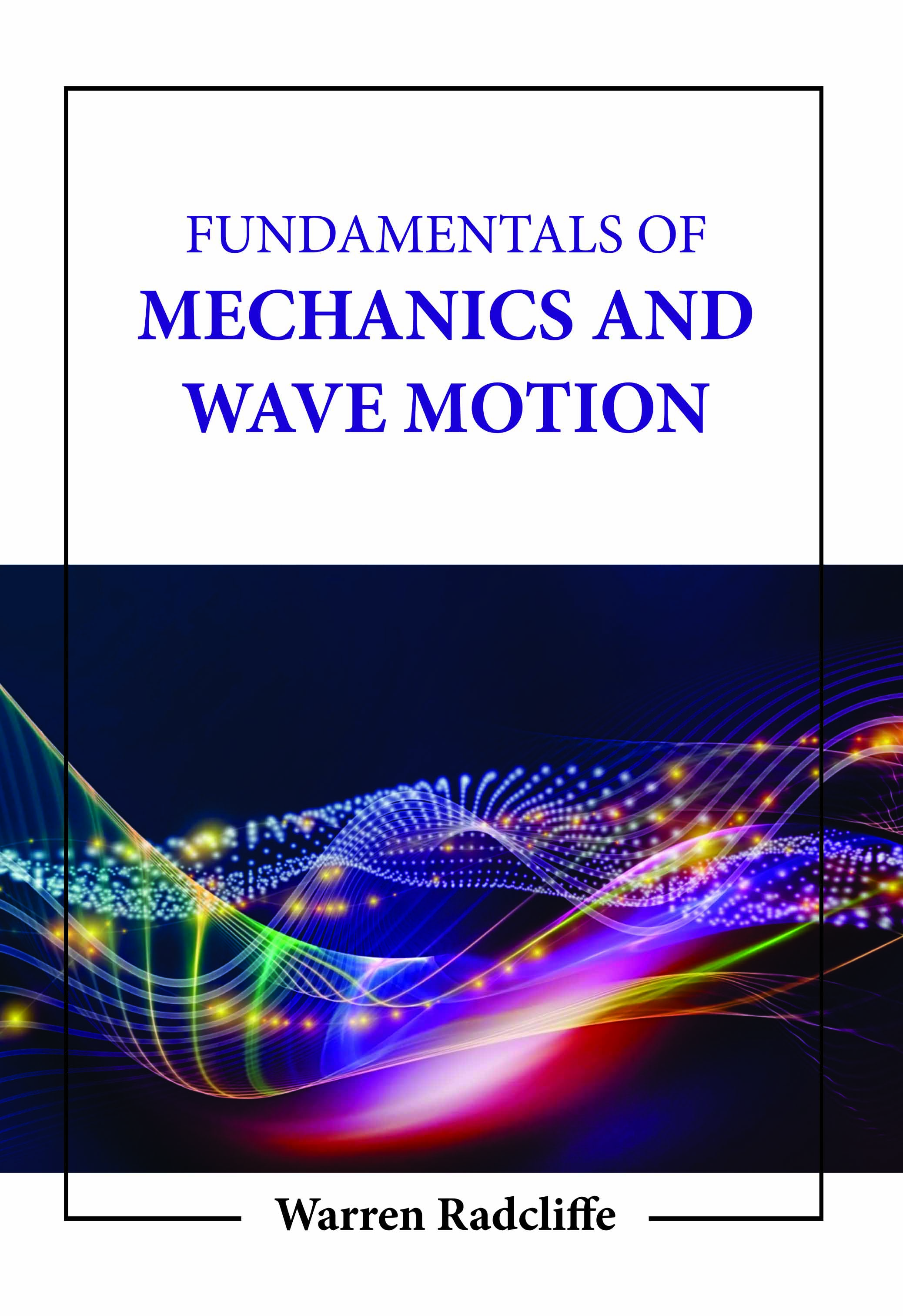
Fundamentals of Mechanics and Wave Motion
by Warren Radcliffe
| ISBN | 9781806244812 |
|---|---|
| Publisher | Digital Drive Learning |
| Copyright Year | 2026 |
| Price | $265.00 |

by Warren Radcliffe
| ISBN | 9781806244812 |
|---|---|
| Publisher | Digital Drive Learning |
| Copyright Year | 2026 |
| Price | $265.00 |
Matter moves back and forth in a mechanical wave, which moves energy through a medium. At the same time, waves can travel long distances, but the material used to send the waves has limited movement. So, the material moving back and forth doesn't move very far from where it was initially. Waves that are made of matter carry energy. This energy moves in the same way that the wave moves. Every wave, mechanical or electromagnetic, has a certain amount of energy. Mechanical waves can only be made in elastic and inert materials. The study of how things move and the forces that move them is called mechanics. The ideas of time, space, force, energy, and matter are the building blocks of mechanics. In order to study physics, chemistry, biology, and engineering, you need to know about mechanics. We wouldn't be unable to think about all the different mechanics' parts. Instead, we will only study the classical mechanics of non-polar continua in this class. We will discuss the basic rules that apply to fluids and solids. The study of physical things is what mechanics is all about, so it is a physical science. But some people think of mechanics as a branch of mathematics. In contrast, others think of it as a branch of engineering. Both of these points of view are partly right. Mechanics is the basis of most engineering sciences and must be learned before you can study them. This book is meant to give students a solid background in wave mechanics, so they are ready to study more advanced topics in depth later on. To understand a lot of wave mechanics, you must be good at math.